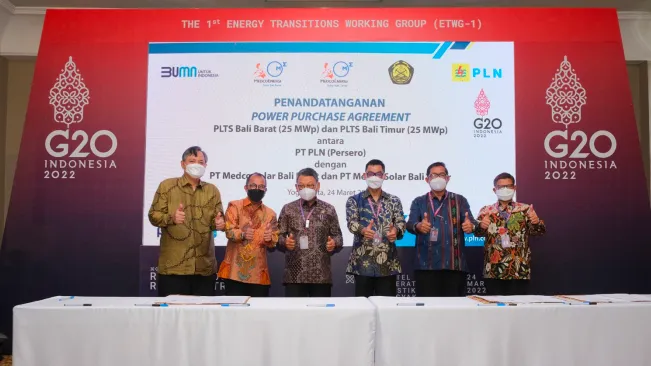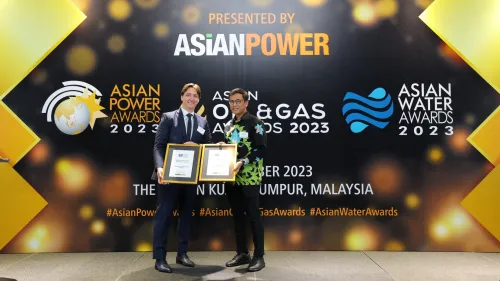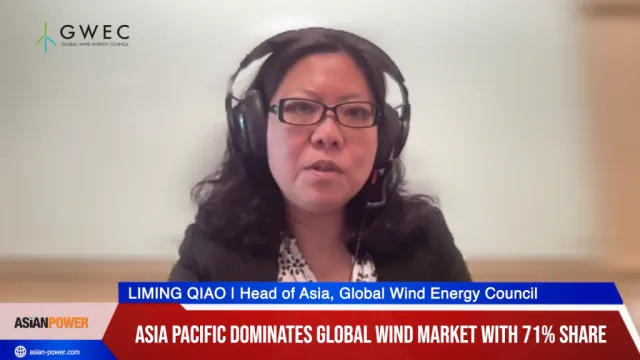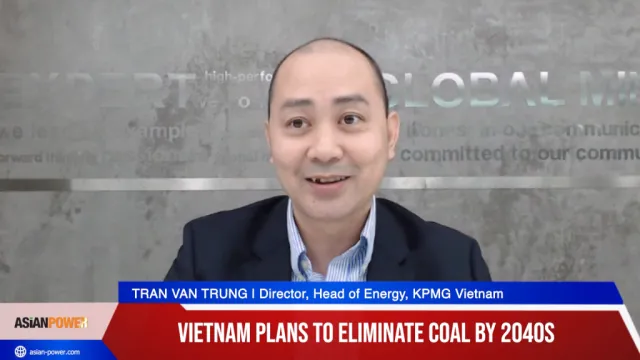
Wind integration key to future growth in Chinese and global wind industry
By Brett A. PerlmanWhile China has been a world leader in developing renewable energy, it now appears that integration of renewable generation is presenting the country with a whole new range of technical that threaten to slow the torrid pace of growth not only in the China, but across the world.
Recently, Chinese government officials have issued a number of new policies aimed at pushing wind developers to shift their focus from building more wind farms toward ensuring that more of the wind-generated electricity can flow safely into power grids.
As a result of these directives, the National Energy Administration recently announced that it will approve about 40 percent less wind power capacity in 2012 than it did last year. In particular, six Chinese regions that have great wind resources are forbidden from approving new installations.
This slowdown has international implications for the global wind industry since any slowdown in China's wind market is likely to severely impact the global wind turbine manufacturing industry which had been ramping up their production capacity in China at a breathtaking pace.
As the Chinese market slows, major wind turbine producers are feeling the pain from declining demand. For example, Sinovel Wind Group Co., China's largest turbine manufacturer, experienced slower growth last year causing a drop in nearly half its sales revenue compared with 2010, primarily as a result of the slowdown in the Chinese market.
Similarly, Xinjiang Goldwind Science & Technology Co. last year earned about one-quarter less income than a year earlier for similar reasons. Smaller local Chinese turbine manufacturers have also seen a sharp drop in their orders, and many of them have begun running out of business
The cause of this slowdown can be attributed to several problems. First, because China's existing grid is unable to handle the unpredictable off-and-on nature of wind power, building more wind farms means wasting more wind-generated electricity.
There is also an issue of grid safety. When more wind turbines are connected, the less stable the grid becomes.
One example occurred last year when equipment at one wind farm in western China's Gansu province broke down and caused a chain reaction that knocked out hundreds of wind turbines across the region and threatened the electricity supply of a transmission network that covers about one-third of the nation.
The State Electricity Regulatory Commission (SERC) blamed these problems primarily on the absence of Low Voltage Ride Through (LVRT) systems, which allow wind turbines to continue operating during and after voltage dips so the grid can adjust more quickly and provide a high level of grid safety and stability.
Yet, China is not the first country to encounter such problems. Spain, Germany and other European countries with high growth wind markets also have had to solve this technical challenge in order to continue to grow.
In Spain, the Spanish grid operator, Red Eléctrica de España, turned to small innovative startup companies to solve this problem. One such company, Wind to Power System (W2PS), a Spanish power electronics company focused on grid integration of renewable energy and power quality, has become the market leader in Europe for turbine independent LVRT retrofit solutions.
The company is now expanding into China and they are already manufacturing LVRT solutions for the Chinese market locally. In addition to providing power electronics gear, they also produce testing equipment which are large containers capable of generating voltage dips for testing wind turbines in the field They are currently selling this testing equipment to regional and provincial Electric Power Research Institutes (EPRI’s) in China.
At a recent seminar at the Spanish Embassy in Beijing, which was attended by Chinese government officials and executives from power companies, universities, EPRI’s and industry associations, Alberto Carbajo, Director General for Operations of Red Eléctrica de España, presented the Spanish case study in how LVRT solutions solved wind integration problems in the Spanish market and allowed wind energy to surpass 20% as a percentage of total installed capacity.
Since China is now introducing a grid code similar to Spain, it can be expected that this solution will also ensure work in China to improve the integrity of the grid and improve power quality, just as it did in the Spanish market.
While solving wind integration problems may seem like a minor technical challenge, it is becoming clear that it is the key to continued growth in wind development not only in China but in the global wind market as well.














 Advertise
Advertise











